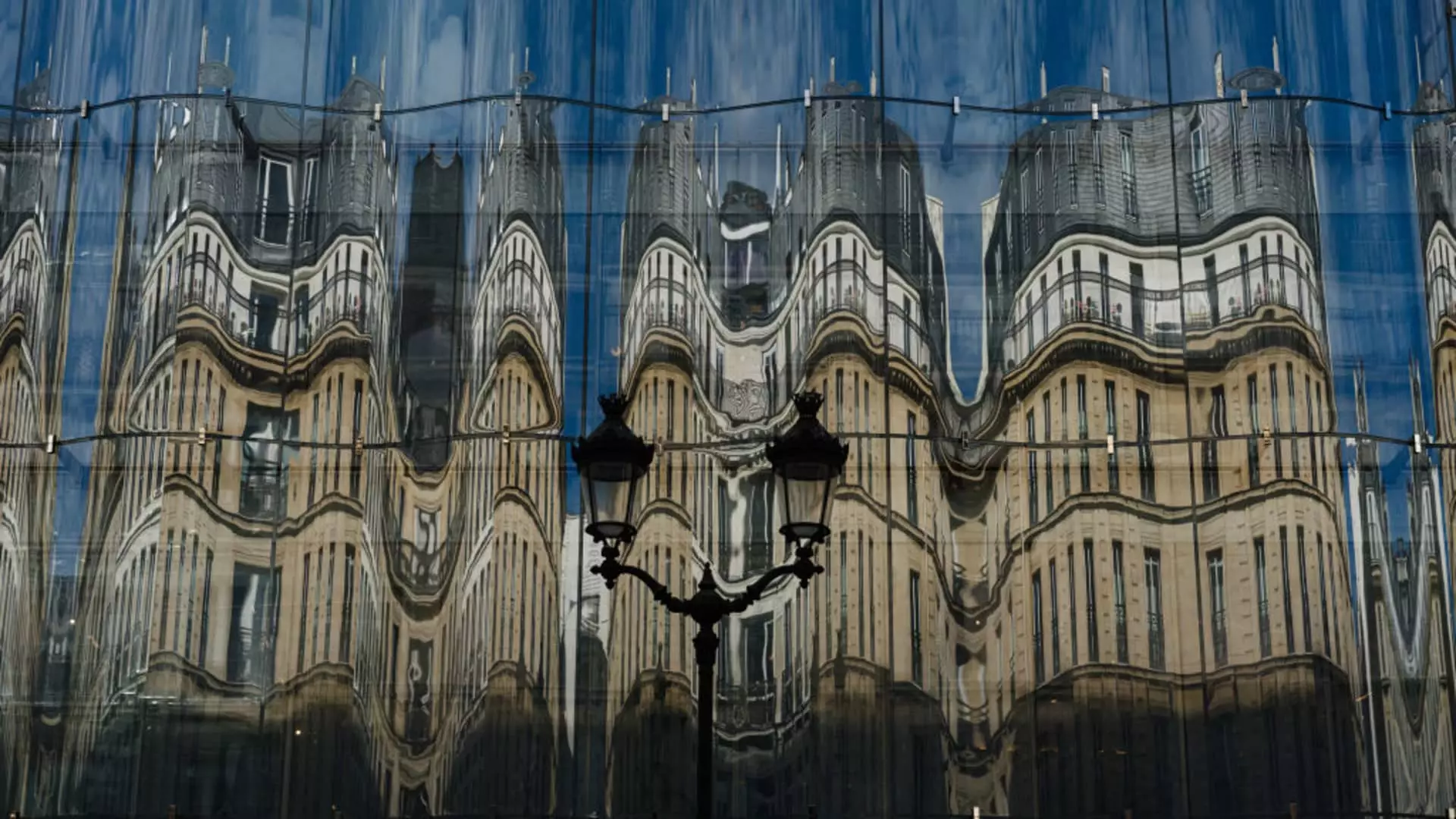The European real estate market is demonstrating a remarkable resurgence, shaking off years of stagnancy with impressive investment growth. Recent studies by CBRE reveal that investment volumes surged by a substantial 25% over the last year, translating to an eye-catching milestone of over 213 billion euros in real estate inflow. This turnaround is not merely a statistical anomaly; it marks a significant recovery following a prolonged downturn that left the market gasping for breath. The robust performance can be attributed largely to a renewed sense of macroeconomic optimism, coupled with decreasing interest rates, transforming a previously tepid atmosphere into one buzzing with potential.
Sector-Specific Discoveries: The New Investments Flow
What’s particularly noteworthy is the broadening spectrum of investment appetite. Living assets—comprising multiple dwelling units and student housing—have emerged as frontrunners, witnessing an astonishing 43% increase in investment over the past year. This sharp uptick speaks volumes about shifting consumer preferences and the growing value placed on accessible, urban living space. Retail investment has also shown vigorous growth, climbing by 31%, indicating a paradoxical recovery in an area often declared dead by doomsayers. The numbers might just reinforce the idea that consumer behavior is evolving, creating opportunities rather than deterring them.
Moreover, the hotel sector, industrial and logistics spaces, and office buildings have all gained traction, showcasing annual increases of 23%, 19%, and 16% respectively. It’s a clear sign that the once-tarnished allure of urban centers is rebounding. However, the healthcare segment paints a stark contrast, recording decreased investment. This raises pertinent questions about the future of the sector, implying a critical need for innovation and re-evaluation in an era where healthcare infrastructure is needed more than ever.
A Cautionary Tale Amidst Euphoria
Yet, the landscape isn’t entirely rosy. While 2025 has started strong, caution looms. Economic sentiment has recently soured, largely attributed to new U.S. tariffs—an intervention that could cast shadows over Europe’s budding investment scene. CBRE’s Chris Brett reminds us that while optimism is palpable, the volatile nature of the current macroeconomic environment calls for vigilance. Expecting sellers and buyers to adopt a more prudent stance in response to potential market turbulence seems prudent.
Additionally, the International Monetary Fund’s downgraded global growth forecast to just 2.8% also raises alarm bells. The attrition of consumer and investor confidence, exacerbated by the possible ramifications of an escalating trade war, could temper the exuberance seen early in the year. The financial community’s dual concerns of recuperation amidst unpredictability mark a delicate balancing act: enjoy the upswing, yet stay wary of the pitfalls ahead.
Understanding these dynamics is critical. A successful recovery will depend not only on capitalizing on present gains but also on navigating the complex interplay of risk factors that threaten to curtail this invigorating growth. As investors dive back into real estate, the future may very well hinge on their ability to adopt nuanced strategies in a market that, while re-awakened, still harbors the potential for upheaval.

